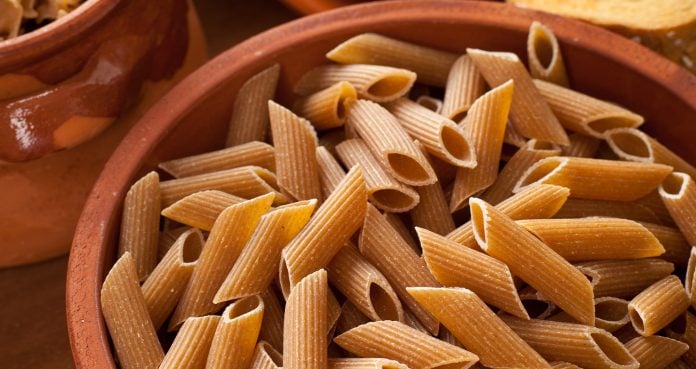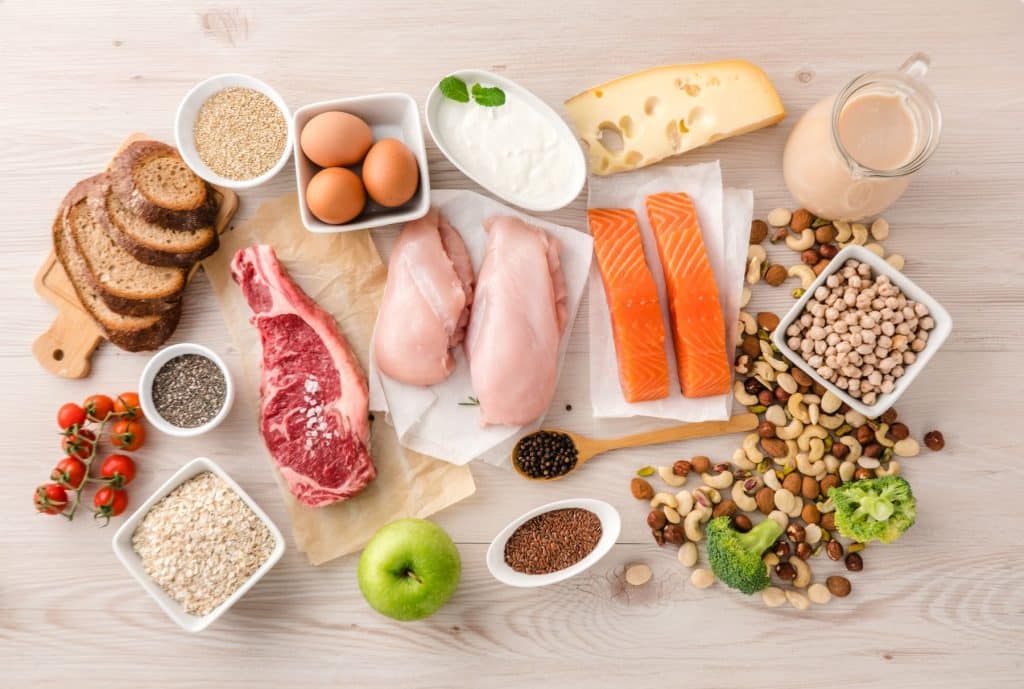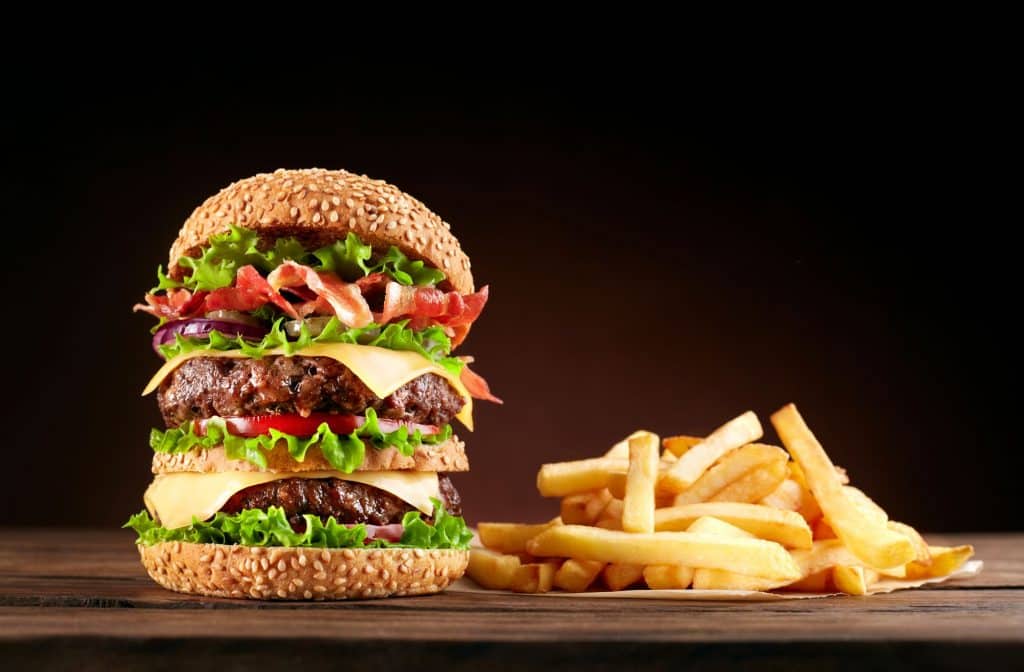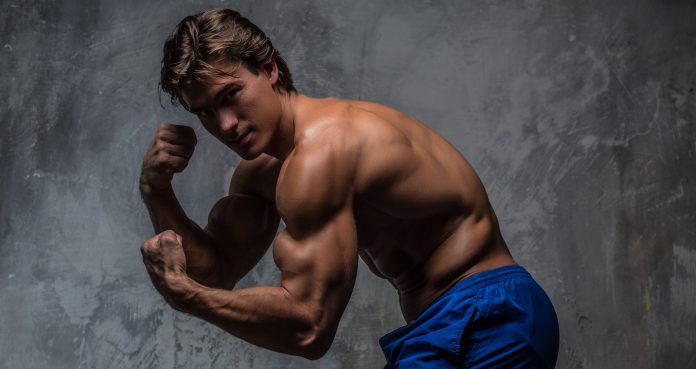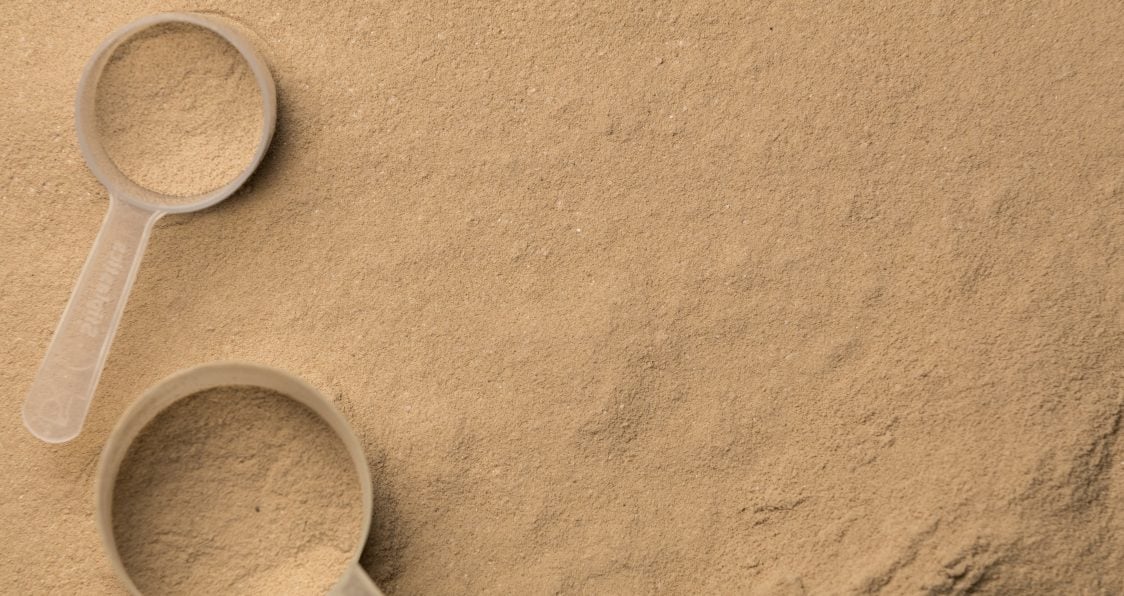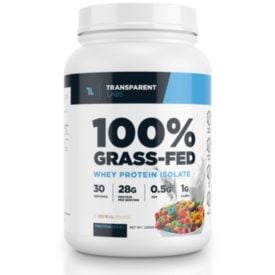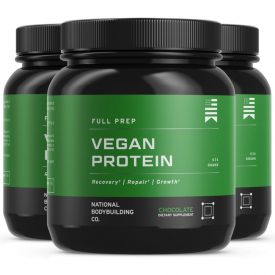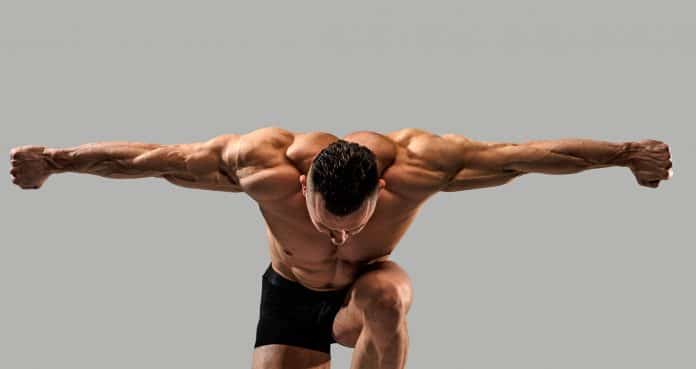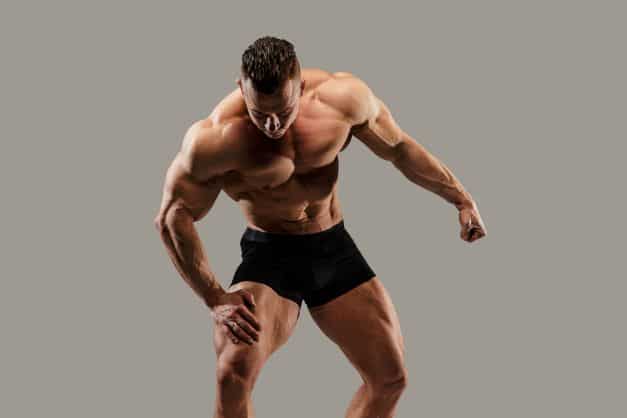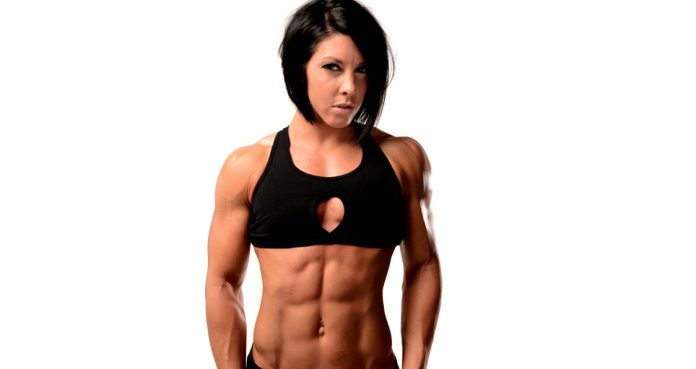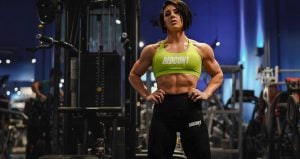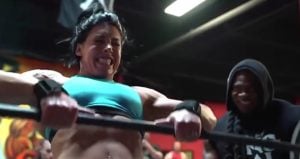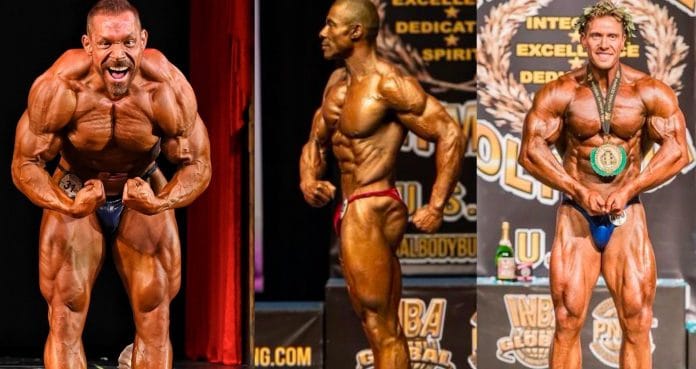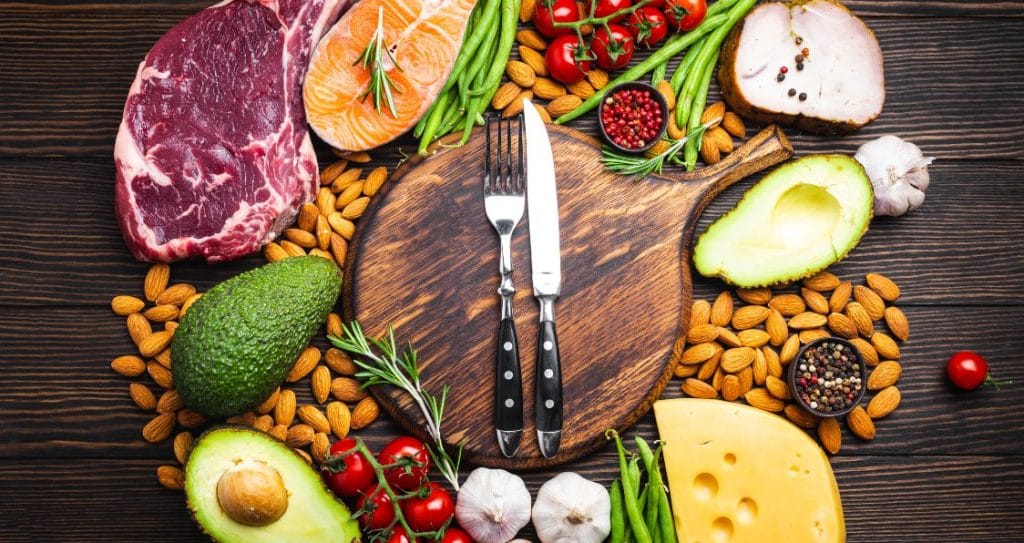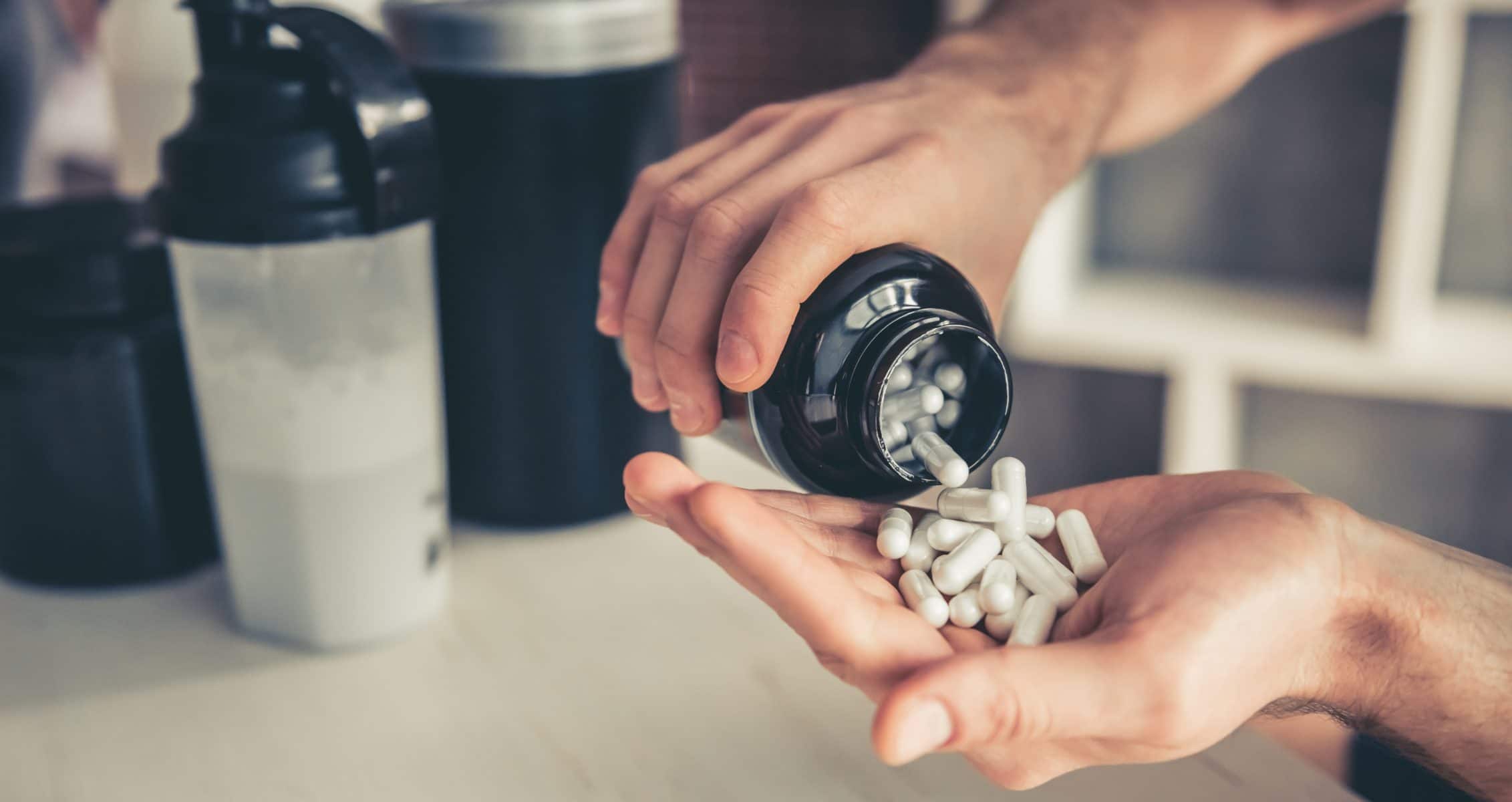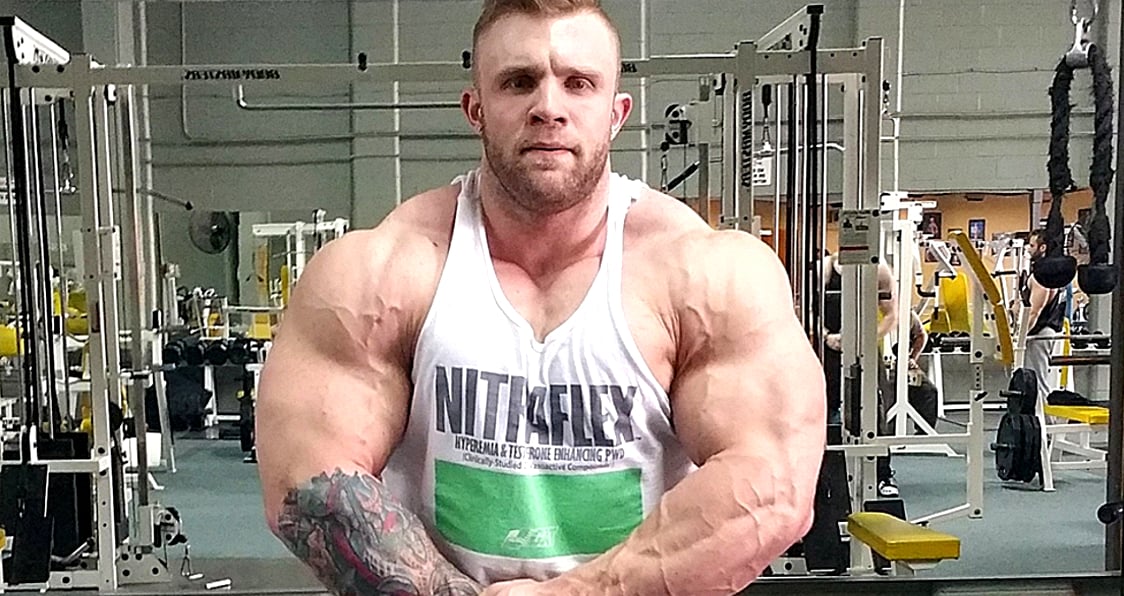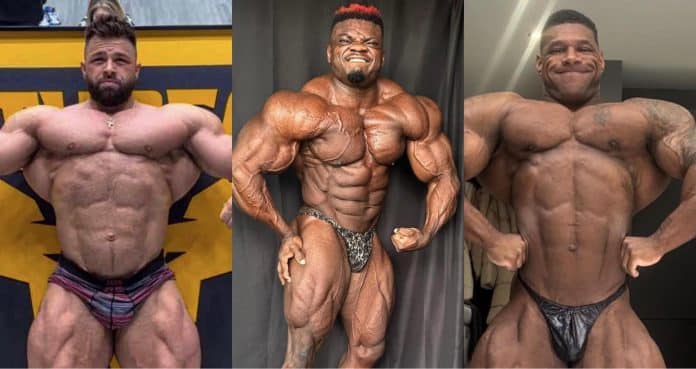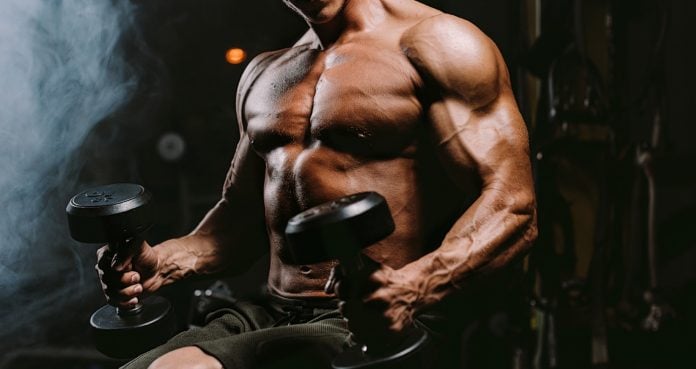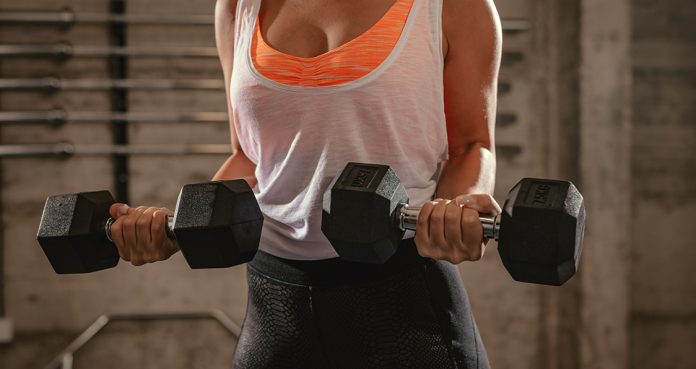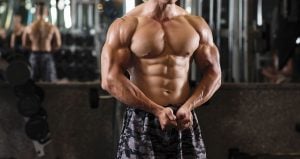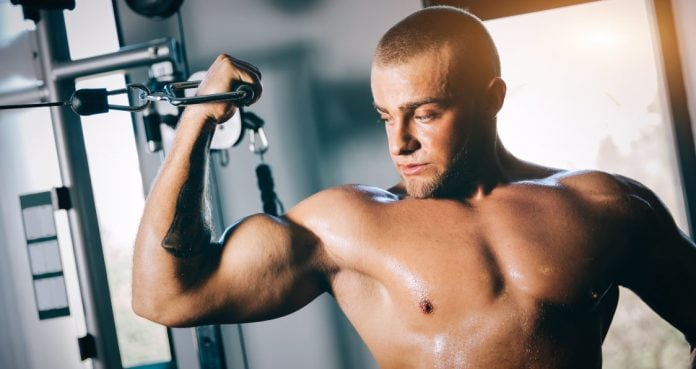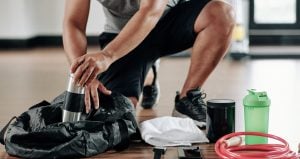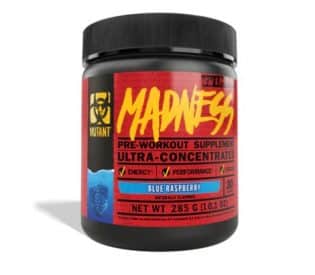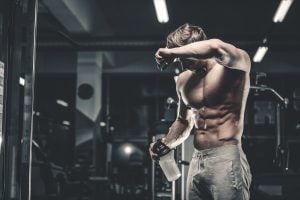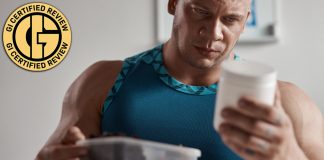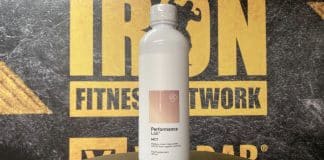Everything You Need to Know About Carbohydrates in Your Bodybuilding Diet for Building Muscle.
In today’s world there are a million different diets and techniques that all tell you how to lose weight. But there is one simple fact that most people understand – low carb diets are an extremely effective way to burn body fat. While this is great for a majority of the world, it does pose a problem for bodybuilders.
Why? Because low carb diets deplete muscle glycogen (aka stored carbs). This, of course, is the primary source of fuel during weight training. If your body runs out of carbs to use as fuel, working muscles are forced to get needed energy from fatty acids. This does not help with the process of building muscle mass!
Conversely, any carbs that are not used throughout your day (and your workouts) end up as fat cells, which is another issue. This leads to the topic of carbohydrates being a slippery slope.
Ultimately, to improve one’s physique a bodybuilder needs every gram of carbohydrates to be burned for energy, or stored as glycogen. This is the key to using carbohydrates effectively in your bodybuilding lifestyle.
This is easier said than done. So we are going to provide you with a basic guide on how to perfectly balance your carb intake so that nothing goes to waste (or turns into body fat).
Carbohydrate Key Facts
Simply put, carbohydrates are your body’s primary fuel source. They provide the energy that you use throughout the day and especially when you are working out in the gym. If you lack carbs, not only will you feel more tired, but you will also notice that your muscles appear to be more “flat”.
Carbohydrates come in two forms, which are simple and complex. Simple carbs are broken down quickly by the body. These can be found in food sources such as fruits, milk, and milk products, but can also be found in processed and refined sugars such as candy, syrup, cakes, etc. Eating simple carbs before your training session can give a good muscle pump.
Complex carbohydrates are slow burning and can be found in brown rice, potatoes, and whole grain cereal.
Eat Complex Carbohydrates
Simple carbs are mostly unhealthy snack foods that most bodybuilders know to avoid. While fruit can be a great boost of quick acting carbs, it should only be eaten in moderation, if at all.
Complex carbs are the long lasting energy your body needs throughout the day in order train hard. As we said, complex carbs get stored as muscle glycogen which will be tapped once you push your muscles to the limit in the gym. Complex carbohydrates also promote the release of insulin. This is the body’s natural anabolic hormone and is essential for muscle development. Long story short, complex carbs are the way to go.
Eat Carbohydrates With High Fiber
As a companion to our last point, complex carbs usually are rich in fiber. This helps to build muscle by making tissue absorb amino acids faster. So make sure to check those sources of complex carbs for fiber as well. It will increase muscle gain..
Time Your Carb Loads
As we’ve stated previously, in general you should shoot for 50-80 grams of carbs per meal, depending on your poundage. This of course does not include post workout meals. After a workout your muscles need to rebuild. This requires energy. Carbohydrates are energy. Get it?
Also, don’t overload on carbohydrates on your rest days. Just how you need to eat extra carbs post workout – it only makes sense to eat less on the days when you aren’t pushing your body as hard. This will simply turn into fat.
Eat Protein and Carbs in the Same Meal
Carbohydrates help transport the nutrients from protein to the muscles cells. So eating both of these together in one meal helps maximize muscle growth. On top of that, mixing protein and carbohydrates together minimize the chance that carbs will be stored as fat. That’s the name of the game – minimize fat, maximize muscle gain.
How Many Carbs Should You Eat?
This may vary depending on some things. It is actually a very slippery slope, because there are so many factors that come into play. As with anything, not everyone can, nor should they, be eating the same amount of carbohydrates as someone else. The standard diet is 2,000 calories, and it is recommended that carbohydrates make up 900-1,300 calories. That would mean if you are sticking to an average 2,000 calorie diet, then 225-325 grams of carbs will suffice.
However, if you are cutting or bulking, what do you do? Surely, if you are bulking you need to be in a surplus, consuming far more but if you are cutting, a deficit, consuming far less. So how do you go about incorporating the correct amount so you do not appear too skinny, nor too fat?
Carbs and Bulking
Carbohydrates when bulking are much different than the average 2,000 calorie diet, especially as a bodybuilder. On a bulk, you are typically in a surplus with everything. This includes fats and proteins. It is often recommended that when trying to gain weight, carbohydrates should make up about 40% of your total caloric intake.
Carbs and Cutting
Again, when cutting, your intake is going to look different than the average 2,000 calorie diet. Carbohydrates are going to be cut down depending on your goals. Protein and fats are typically raised slightly to suppress hunger, while carbs are cut.
If you really want to drop weight quick, then there will be a sufficient drop in carbs. But, if you are trying to stay lean and healthy, you will cut your carbs, but not severely or all at once. This is different when competing in bodybuilding, and also carbohydrates need to be timed when in a deficit.
Timing Carbs for Cutting
When cutting weight, you will more than likely be cutting carbs. As stated before, the less carbs, the more tired and flat you will feel when training. So, you have to pay attention to timing. Typically, you should focus your heaviest carb meals to be pre and post workout. This is to fuel your workout, then replenish the muscles afterwards.
Carbohydrates and Competitive Bodybuilding
It is no secret that bodybuilding diets are tough, especially during a competition prep. As far as carbohydrates go, it is standard to eat a surplus in the off season. However, during prep, it is not nearly as much.
Standard bodybuilding preps involve cutting carbs throughout the prep up until peak week. During the last week, or two at most, carbs are dropped to bare minimum to completely flatten the muscle and shed any bit of excess fat. This is known as “peaking”, when the physique is the most depleted. Then, the night before and the day of the show, bodybuilders will “carb up”.
The carb up process entails eating a good bit of carbs the night before and the day of, it is like consuming a cheat meal. This could be a burger and fries, muffin, whatever your body responds well to. The purpose is to inflate the muscles to appear larger, and believe it or not it gives off the illusion that the competitor is more shredded. When you deplete your body of carbs and flatten out, then get an influx of carbs, they will go straight to the muscles, and helps with vascularity.
However, if you eat too many carbs and “spill over”, you will look bloated and this will have a negative impact on how you are scored. So, just be wary of how much your body can handle. It may be a good idea to do a mock peak week about 3 weeks out from the show.
For a little more on carbohydrates and bodybuilding, check out our video on the topic.
Wrap Up
Carbohydrates are both simple, and complex, literally. There is a lot that is involved with carbs and cutting, bulking, maintaining, whatever. Different carbs affect you differently, and you need to take your goals into consideration when thinking about how many carbs you should eat.
So those are some of the basics about carbohydrates and bodybuilding. We know nutrition can get wordy and complicated – so look forward to more easy to read nutrition – all in one place.
You can get the info first by following us on Facebook and Twitter.


